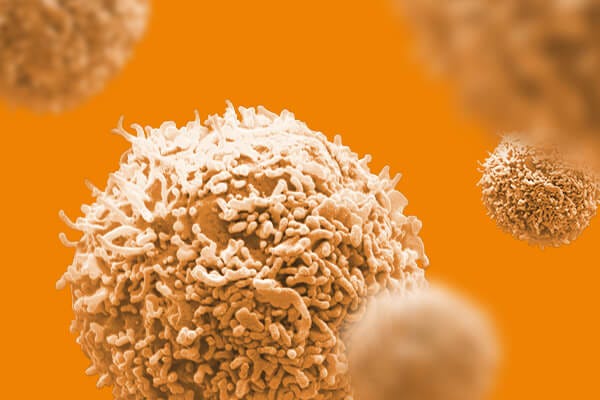Taybi-Linder syndrome (TALS) is a rare autosomal recessive disorder characterized by severe microcephaly with abnormal gyral pattern,severe growth retardation and bone abnormalities. It is caused by pathogenic variants in the RNU4ATAC gene. Its transcript,the small nuclear RNA U4atac,is involved in the excision of ~850 minor introns. Here,we report a patient presenting with TALS features but no pathogenic variants were found in RNU4ATAC,instead the homozygous RTTN c.2953A>G variant was detected by whole-exome sequencing. After deciphering the impact of the variant on the RTTN protein function at centrosome in engineered RTTN-depleted RPE1 cells and patient fibroblasts,we analysed neural stem cells (NSC) derived from CRISPR/Cas9-edited induced pluripotent stem cells and revealed major cell cycle and mitotic abnormalities,leading to aneuploidy,cell cycle arrest and cell death. In cortical organoids,we discovered an additional function of RTTN in the self-organisation of NSC into neural rosettes,by observing delayed apico-basal polarization of NSC. Altogether,these defects contributed to a marked delay of rosette formation in RTTN-mutated organoids,thus impeding their overall growth and shedding light on mechanisms leading to microcephaly. Author summaryPrimary microcephaly is defined as a severe reduction of the brain size that occurs prenatally. Variants in about 50 genes have been associated to primary microcephaly,and most of them encode proteins that regulate cell cycle,notably by participating to centrosome biogenesis. Intriguingly,some other genes involved in the process of minor splicing,such as RNU4ATAC,are also related to primary microcephaly without clear understanding of the underlying pathophysiological mechanisms. In our previous work,we discovered that alterations of minor splicing result into dysfunction of the centrosome/cilium complex. Here,we further feed this link between minor splicing and centrosome/primary cilium by reporting the particular case of a patient who presents with all features of the rare RNU4ATAC-associated syndrome,called the Taybi-Linder syndrome,and yet,is homozygous for the only recurrent pathogenic variant in the centrosomal RTTN gene. Hence,to decipher the underlying cellular mechanisms,we generated unique human neuronal cellular models–iPSC-derived neural stem cells (NSC) and cortical organoids–and unveiled the combination of events that contribute to the depletion of the NSC pool and explain RTTN-associated microcephaly. Our work gives thus precious hints for the understanding of the Taybi-Linder syndrome physiopathology.
View Publication


 EasySep™小鼠TIL(CD45)正选试剂盒
EasySep™小鼠TIL(CD45)正选试剂盒





 沪公网安备31010102008431号
沪公网安备31010102008431号